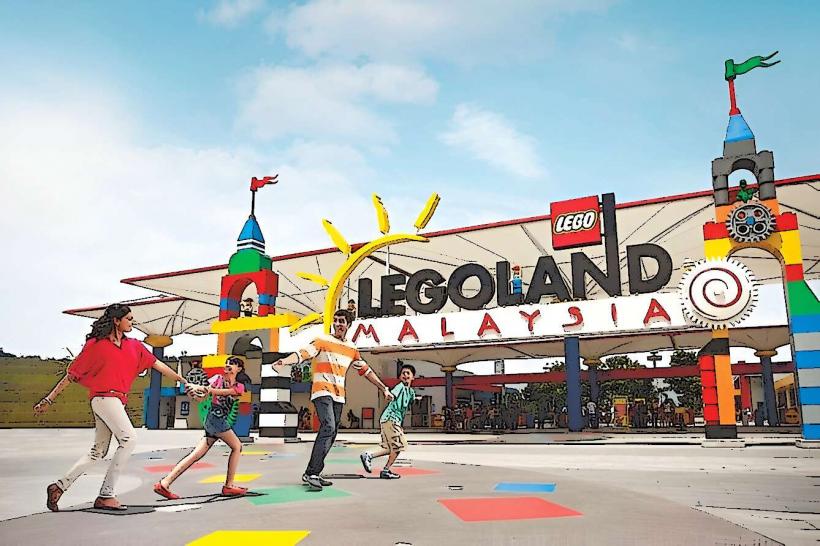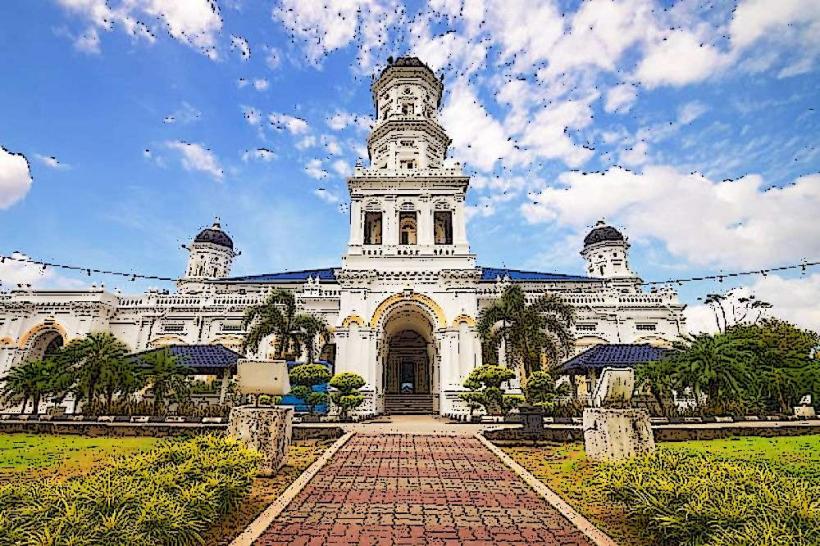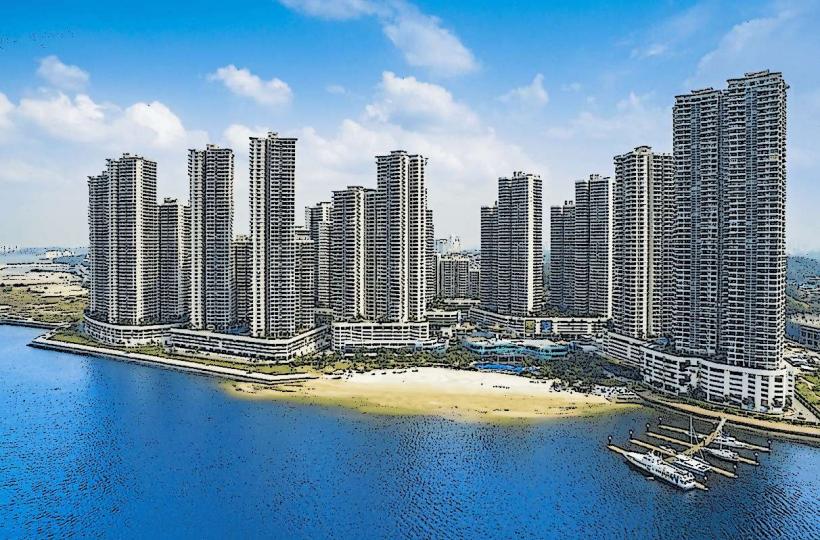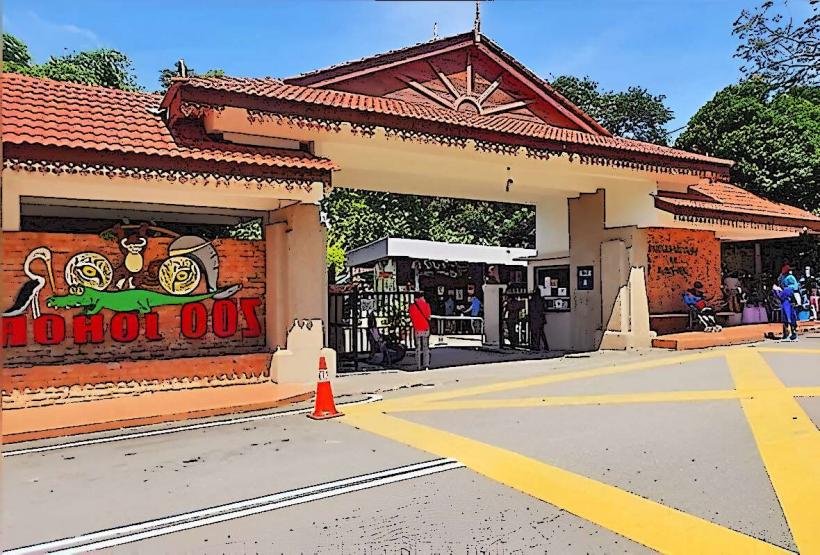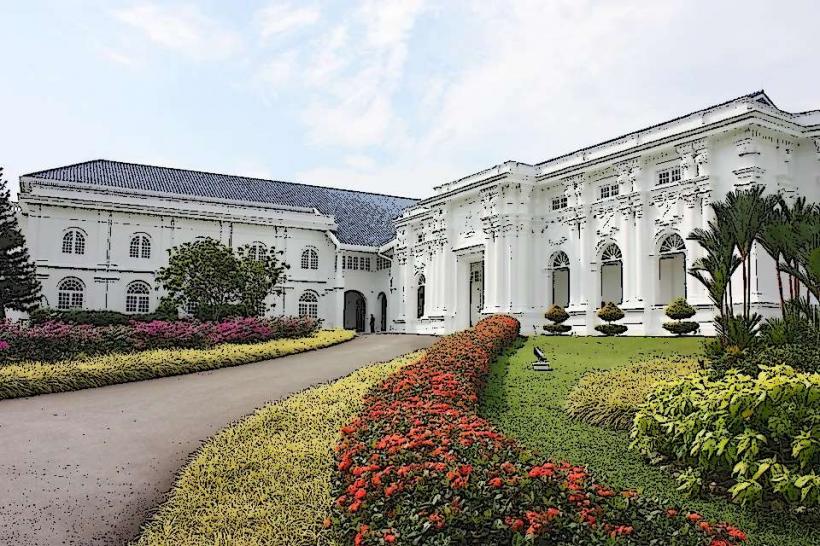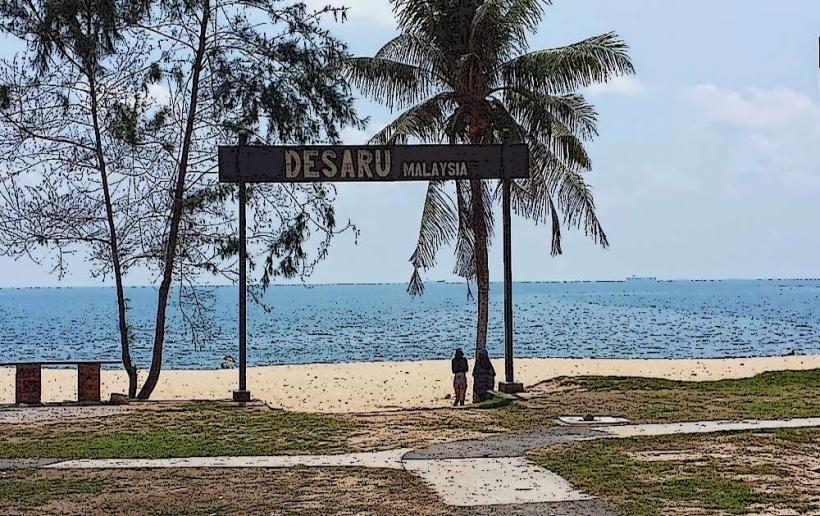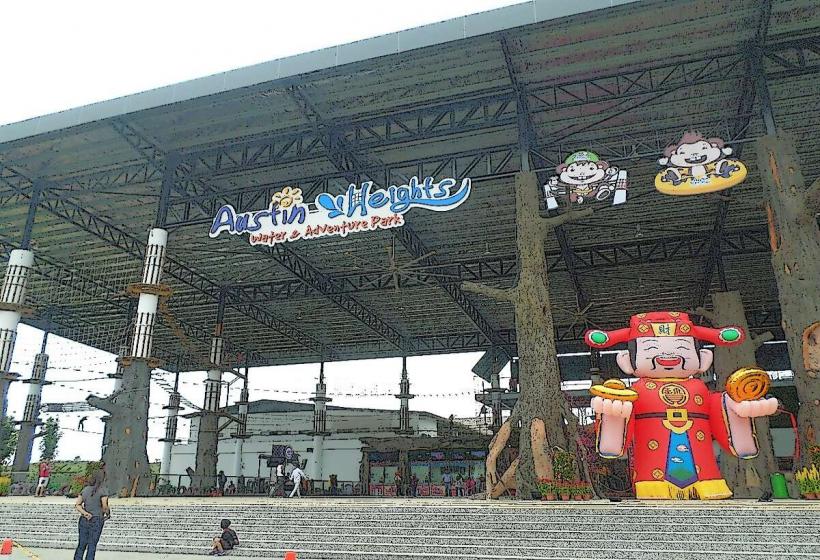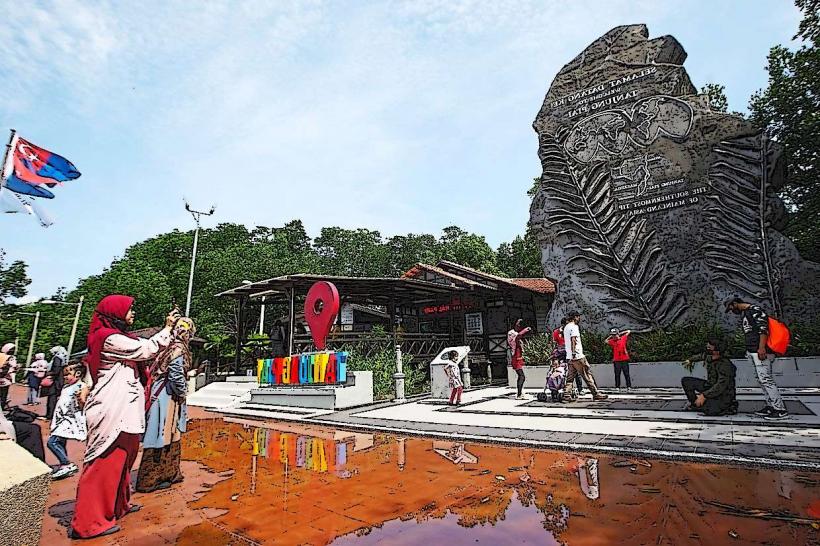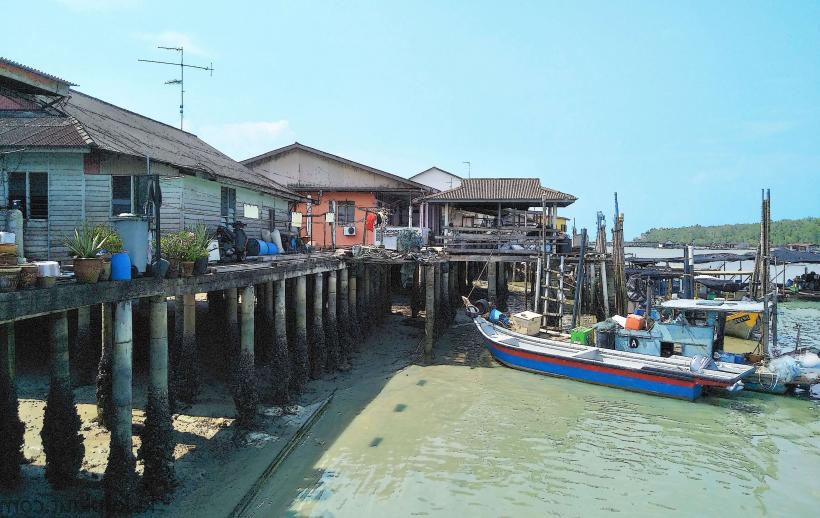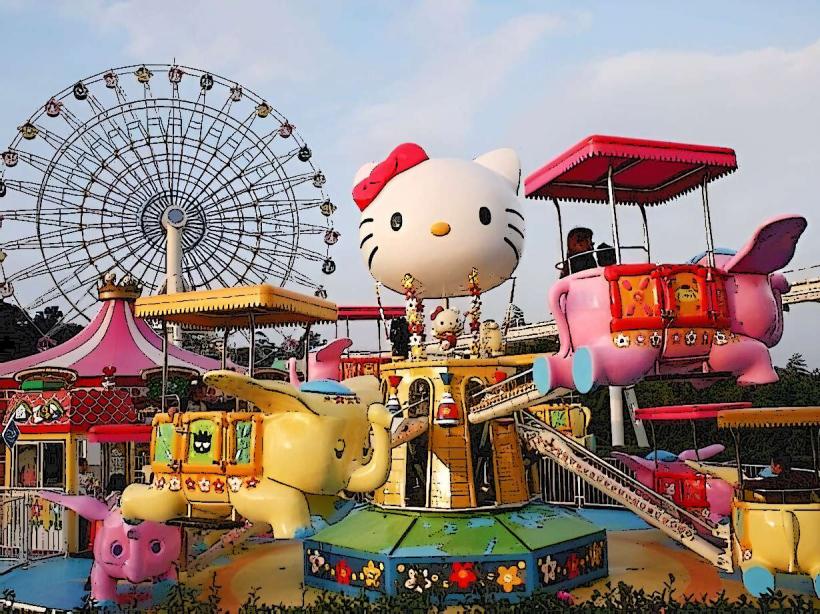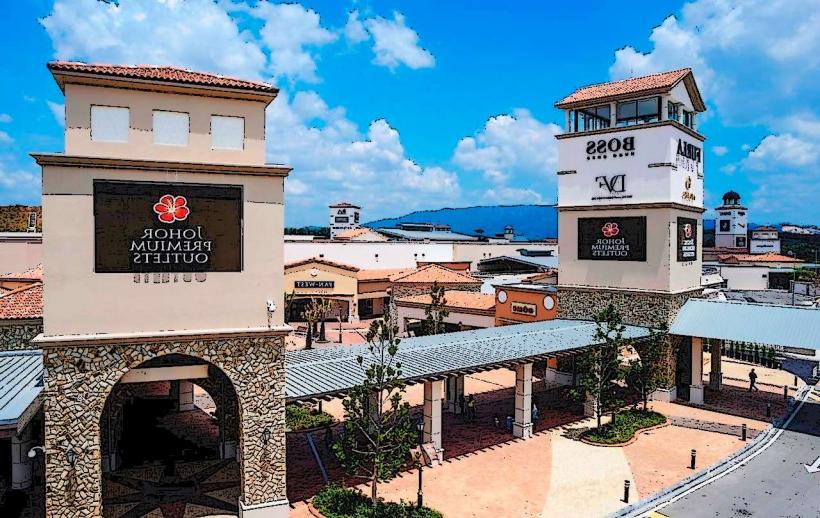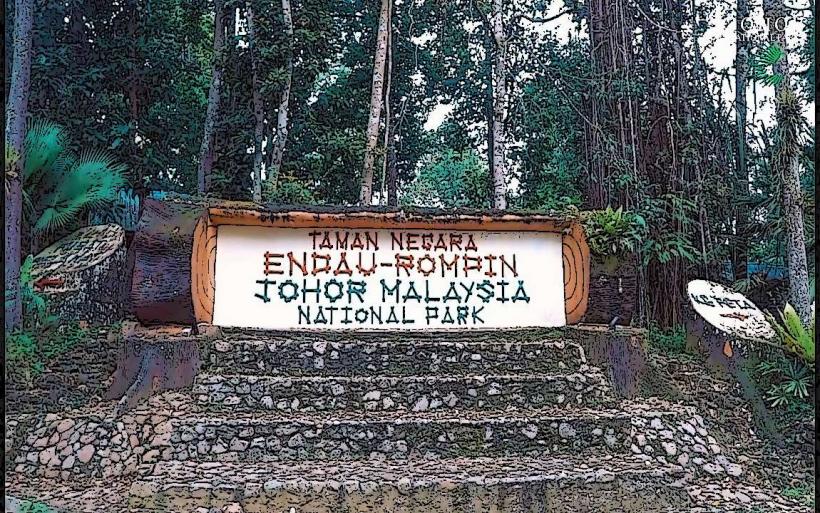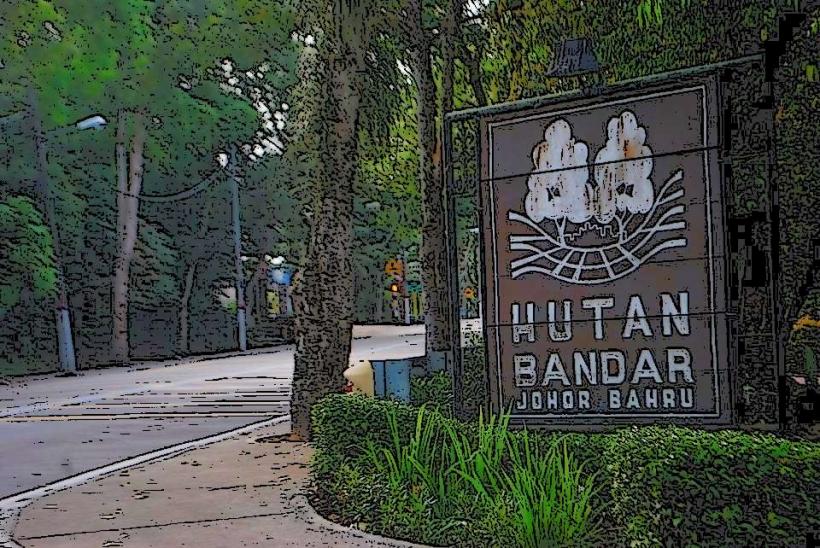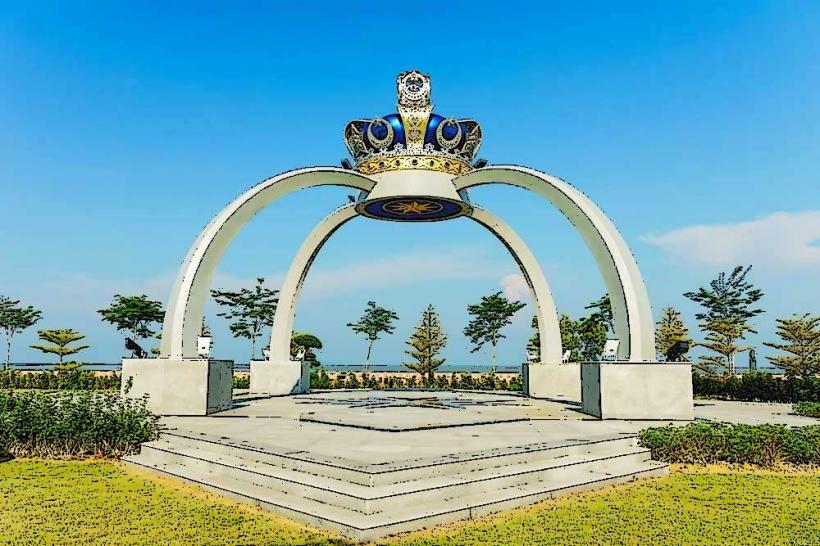Information
Landmark: Johor Bahru Kwong Siew Heritage GalleryCity: Johor Bahru
Country: Malaysia
Continent: Asia
The Johor Bahru Kwong Siew Heritage Gallery is a cultural and historical museum located in Johor Bahru, Johor, Malaysia. This gallery is dedicated to preserving and showcasing the rich history, culture, and contributions of the Kwong Siew Clan, an important Chinese community in Johor. The Kwong Siew community, part of the broader Hokkien ethnic group, has played a significant role in the social, economic, and cultural development of Johor, particularly in Johor Bahru.
Overview and History
- Location: The gallery is located in the heart of Johor Bahru, at No. 18, Jalan Tan Hiok Nee, a historic street in the city that is known for its colonial buildings and cultural landmarks. This location is part of the Old Johor Bahru area and provides a fitting backdrop for the gallery, which aims to tell the story of the Kwong Siew community in the region.
- Opening: The Kwong Siew Heritage Gallery was officially opened in 2017, as a way to preserve the heritage of the Kwong Siew clan and provide the public with a deeper understanding of their historical significance.
- Purpose: The gallery’s primary goal is to educate visitors about the history and culture of the Kwong Siew Clan, their role in Johor’s development, and the contributions they made to the local economy and society. It also serves as a place of cultural celebration and community engagement.
Exhibits and Highlights
The gallery houses a collection of artifacts, photographs, documents, and displays that reflect the history, customs, and traditions of the Kwong Siew clan. Some of the key highlights of the gallery include:
Historical Photographs and Documents:
- The gallery displays a wide range of archival materials, including old photographs, letters, and documents that highlight the history of the Kwong Siew clan and their migration to Johor. These materials provide insight into the early Chinese settlement in Johor and their efforts to establish businesses, social organizations, and communities.
Cultural Artifacts:
- The collection features traditional Chinese artifacts, such as ceramics, calligraphy, furniture, and ritual objects that were once used by the Kwong Siew community in their daily lives and ceremonies.
- These artifacts offer visitors a glimpse into the material culture of the Chinese diaspora in Malaysia and the rich traditions of the Hokkien-speaking community.
Genealogical Records:
- One of the notable features of the gallery is its focus on genealogy, with records tracing the origins and family histories of prominent Kwong Siew clan members. These records provide an important link between the past and present generations of the community, highlighting the clan’s ancestral roots and the role of family heritage in maintaining cultural identity.
Hokkien Culture and Traditions:
- The gallery showcases aspects of Hokkien culture, such as traditional attire, customs, festivals, and religious practices. This includes a focus on the role of ancestor worship and the Chinese New Year celebrations, which are important cultural events in the Kwong Siew community.
- Traditional Hokkien opera and other performing arts are also highlighted, as these cultural expressions are central to the community’s identity.
The Role of the Kwong Siew Clan in Johor’s Development:
- The gallery delves into the economic contributions of the Kwong Siew clan, particularly their involvement in the rubber and palm oil industries, as well as their impact on trade and business in Johor Bahru. Many of the early Chinese immigrants from the Kwong Siew clan were involved in the establishment of important commercial enterprises, which helped shape Johor Bahru into the modern city it is today.
- The community’s leadership role is also emphasized, with stories about the founding of associations and cultural organizations that provided support to new immigrants and helped maintain a sense of community.
Interactive Displays and Digital Exhibits:
- The gallery offers visitors an interactive experience, with digital displays that provide more information about the history of the Kwong Siew clan. Visitors can learn more about the family trees, migration stories, and other aspects of the clan’s history through touch screens and audio guides.
Architecture and Design
- The Kwong Siew Heritage Gallery is housed in a building with historic significance, having been restored to retain its colonial charm. The building itself reflects traditional Peranakan and Straits Chinese architectural elements, with intricate wooden shutters, decorative tiles, and a spacious interior that serves as an ideal space for the exhibits.
- The exterior of the gallery is designed to blend in with the historic Jalan Tan Hiok Nee, a street known for its heritage buildings and cultural significance, making it a key part of the cultural landscape of Johor Bahru.
Visitor Experience
- Opening Hours: The gallery is typically open from Tuesday to Sunday, with closed days on Monday. It is advisable to check the gallery’s official website or social media for any changes in visiting hours or special events.
- Admission: The gallery usually has a small entrance fee for visitors. However, local residents or students may enjoy discounts or free admission.
- Guided Tours: For a more comprehensive understanding of the exhibits, the gallery offers guided tours by knowledgeable staff or volunteers. These tours can enhance the experience by providing additional insights into the history and cultural context of the exhibits.
- Events and Programs: The Kwong Siew Heritage Gallery frequently organizes cultural events, workshops, and lectures related to Chinese heritage and the Kwong Siew clan. These events are often held during festive periods such as Chinese New Year and the Hungry Ghost Festival.
Nearby Attractions
The Kwong Siew Heritage Gallery is located near several other cultural and historical landmarks in Johor Bahru, making it an ideal stop for those exploring the city’s heritage:
- Jalan Tan Hiok Nee: A historic street lined with heritage buildings, local cafes, and traditional shops that preserve the essence of Johor Bahru’s past.
- Sultan Ibrahim Building: A grand colonial-era building that serves as a symbol of Johor’s history and governance.
- Chinese Heritage Museum: Located nearby, this museum also explores the rich history of the Chinese community in Johor Bahru.
- Johor Bahru Old Chinese Temple: A historical and religious site that reflects the deep roots of the Chinese community in Johor.
Conclusion
The Johor Bahru Kwong Siew Heritage Gallery is a fascinating and enriching destination for those interested in learning about the Chinese heritage of Johor Bahru and the role of the Kwong Siew clan in shaping the city’s development. Through its extensive collection of artifacts, photographs, and interactive displays, the gallery offers a unique window into the past and provides visitors with a deeper appreciation of Johor’s multicultural identity.

